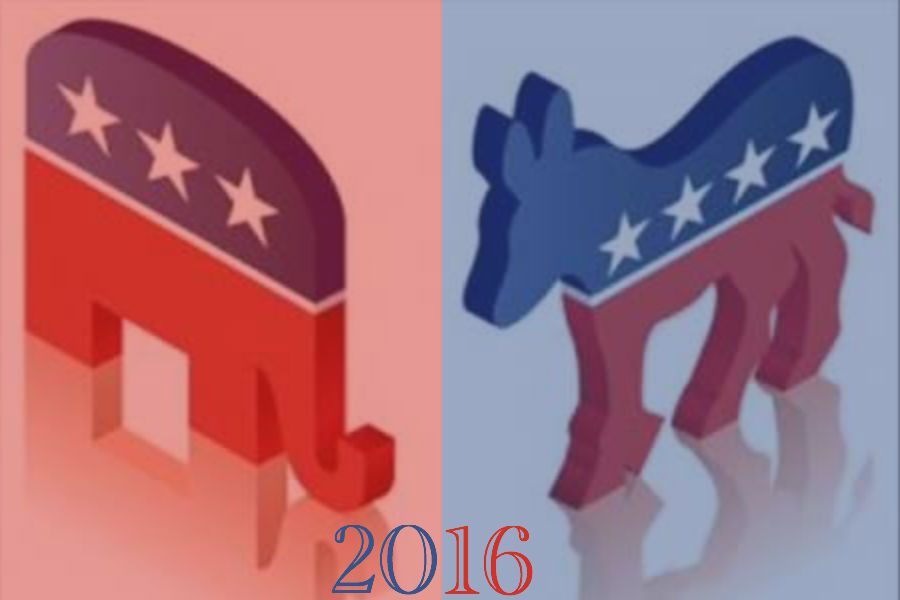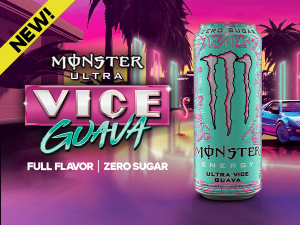Politicorner: meet the third-party candidates
October 6, 2016
America’s two-party system never stopped those outside of the parties from trying to win the presidency. Third-party candidates have been involved in American elections almost as long as the two-party system has existed. Federalists and Democratic-Republicans have wrestled for control, Democrats and National Republicans, Democrats and Whigs, and, since 1856, Democrats and Republicans.
However, there have been other parties and candidates taking on the two major parties throughout several presidential elections. In 1832, William Wirt ran for president under the Anti-Masonic party. He ended up winning 7.8% of the popular vote and won Vermont that election. Third-party candidates have been present in most elections since.
In the 2016 election, there are currently three notable third-party candidates running: Libertarian Gary Johnson, Green Party candidate Jill Stein, and Republican Independent Evan McMullin. These candidates are known, but not nearly to the extent of Donald Trump and Hillary Clinton, the major party candidates. So who are they, really?
Let’s start with the Libertarian candidate. Gary Johnson was also the Libertarian party nominee in 2012 and was governor of New Mexico from 1995-2003. He ran as a Republican during his stint as governor, and ran for the GOP nomination in 2012. After failing to secure the title, he ran as the Libertarian candidate in the same year and amassed over 1,000,000 votes and .99% of the popular vote. He was on the ballot in all states except Oklahoma and Michigan back in 2012. Now, Johnson is on the ballot in all states and the District of Columbia, the first third-party candidate to do so since 1996.
Gary Johnson – and the libertarian party overall – are generally a conglomeration of liberal and conservative ideals. He believes that abortion is the choice of the woman in question, but is not in support of funding abortion. For Johnson, mankind is responsible for climate change, but it is not the government’s job to fix it. He is presenting himself as an alternative to Clinton and Trump, saying the American people shouldn’t have to choose between the lesser of two evils. According to the New York Times, he is currently polling at seven percent of the popular vote.
Jill Stein was also a 2012 nominee for president, but the similarities between her and Gary Johnson stop there. The Green Party nominee, Jill Stein is a practicing physician from Massachusetts. She has never held elected office, though she has run for several including governor of Massachusetts, state representative, and Massachusetts Secretary of State. She is currently on the ballot in 42 states (plus DC). She is on the path to get on the ballot in six more.
As the Green Party nominee, Jill Stein holds many Democratic ideals, though is much harder when it comes to clean energy and the environment. She wants to ban fracking and nuclear energy, for instance. However, she does go against some aspects of the Democratic party. She opposes superdelegates, saying it damages grassroots candidates, and says both the GOP and Democratic parties both support their establishments. Like Johnson, Stein presents herself as an alternative to Trump and Clinton and is currently polling at around three percent.
Out of the major third-party candidates, Evan Mcmullin is the newest, and debatably, the most peculiar. He is only on the ballot in Arkansas, Colorado, Iowa, Louisiana and Utah. Mathematically, he cannot win the 270 electoral votes needed to win the presidency. The only way he could win would be if no one got the required 270 votes and was voted in by Congress, the designated tie-breaker. Regardless, McMullin is still running.
Evan McMullin is a Republican seeking to appeal to members of the GOP turned off by Trump. He supports a shrinkage of the federal government and the removal of Common Core. He seeks to repeal Obamacare and believes life begins at conception. He holds the ideals that would make a suitable GOP nominee were it not for Donald Trump. Currently, he is not featured in any major polls.
There are several other third-party candidates, such as Darrell Castle of the Constitution Party and Chris Keniston of the Veterans Party of America, but none other than the three mentioned have gained any momentum during the 2016 election season.
Despite their positives, the odds are almost insurmountably stacked against the third-party candidates. None are polling high enough to win any popular vote, and no third-party candidate has even carried a state since 1968. At this rate, all third-party candidates can do is tip the balance for either major party.
Though as mentioned earlier, that’s never stopped them from trying.














